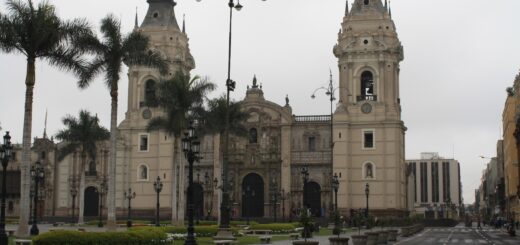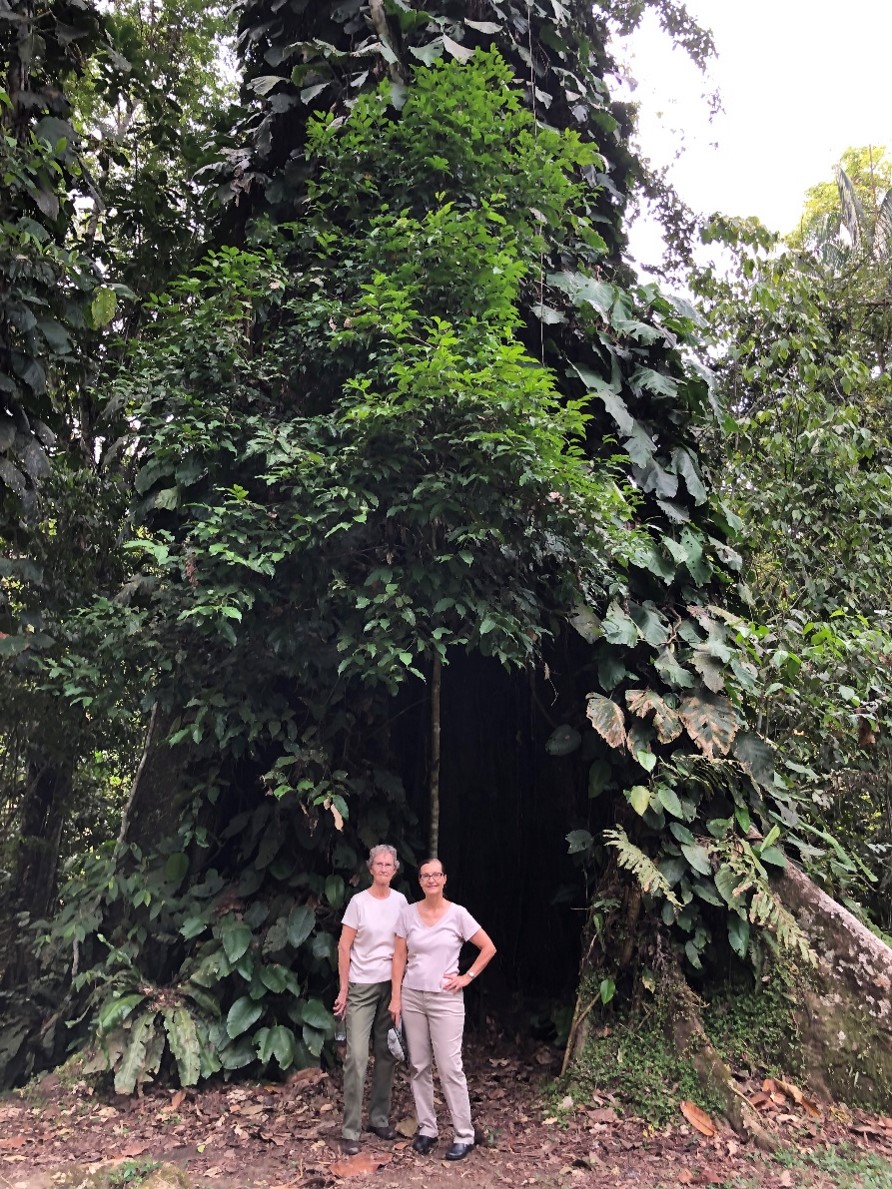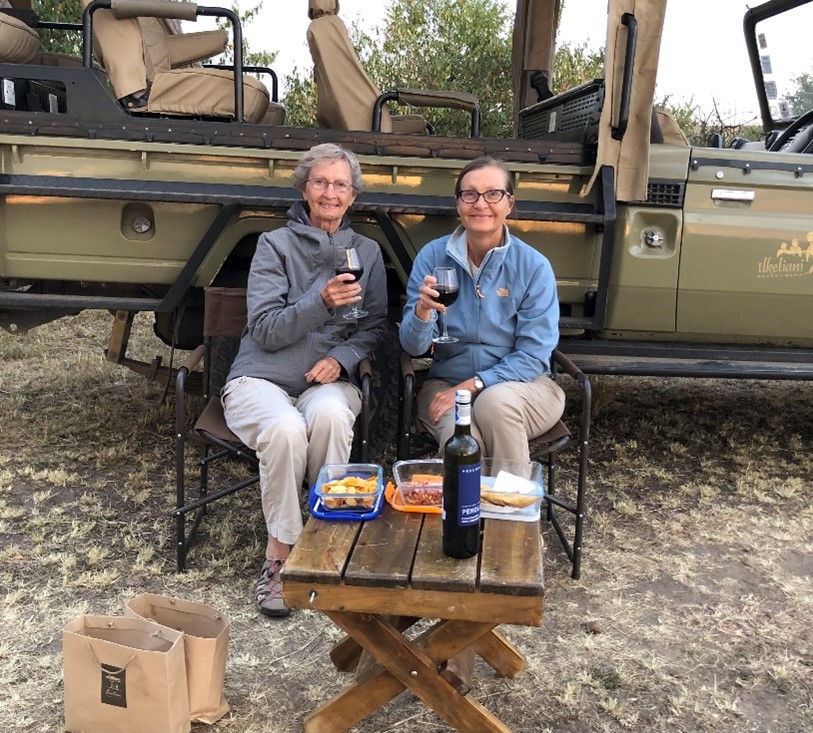Casablanca Wine Tour
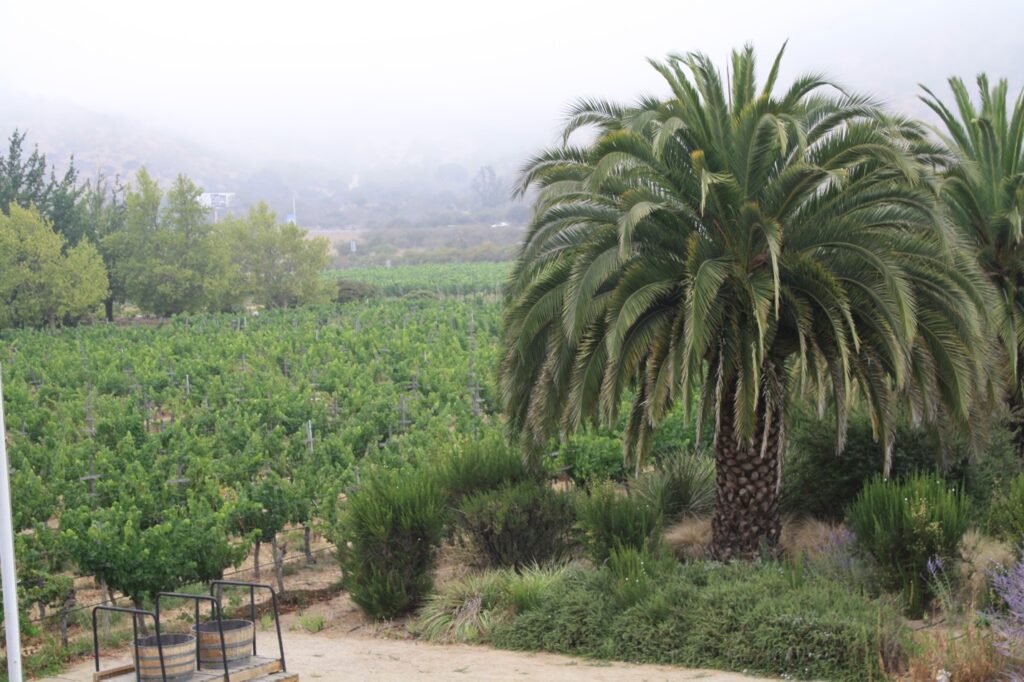
Travel Advice for Seniors: Casablanca Wine Tour
We love a good wine tour if it fits into our trip itinerary. And sometimes the wine tour IS the itinerary! We took a day trip to the Colchagua Valley wine region from Santiago, Chile and now we were heading to another well-known wine area, Casablanca, in route to Valparaiso. Only about an hour out from Santiago, it would also make a great day trip.
The morning started misty and foggy, perfect for the type of grapes grown in the Casablanca region. Located near the Pacific Ocean, the Humboldt Current creates cool breezes and morning mists that temper the hot summer temperatures in this area. True to form, it was misty and damp when we arrived and by afternoon, it was sunny and delightful.
Casablanca Valley is only about twenty miles long and is known for its cool-climate, crisp white wines like Sauvignon Blanc and Chardonnay. They also produce Pinot Noir. The Casablanca area is pretty new, with their first vineyards planted in the 1980s.
As a point of comparison, the Colchagua Valley is noted for its red wines: Cabernet Sauvignon and our personal fave, the Carmenere. The Maipo Valley is also home to some of Chile’s best reds. The climate and the ground in these regions are different from Casablanca, but the quality of wine is the same. Outstanding!
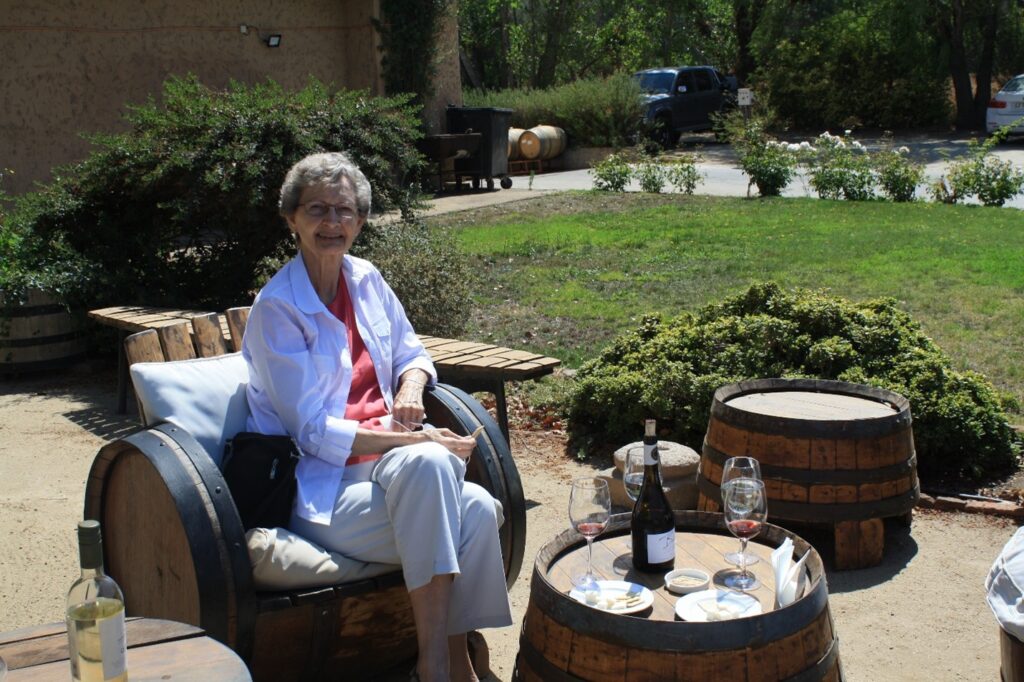
We toured two wineries, the second of which was Vina Casas del Bosque, a winery known for their eco-friendly ways and their phenomenal restaurant. It bears repeating that if you are fortunate enough to go on a wine tour, you should definitely make reservations (well in advance) to enjoy lunch at a winery. The food is typically specially curated by a chef to match the wines produced at the winery, in this case whites. You can expect a multi-course meal that you will need if you have more than two tastings lined up! Accessible parking and entrance.
Even though red wines are our favorite, the whites here were definitely worth a stop and a taste. When you’re traveling through a world-class wine area, you stop and taste the best the area has to offer regardless of type!
A note on wine tasting….the purpose is not to gulp the whole sample, but to delicately sip it, swirl it around in your mouth and taste the highlights that the wine pourer shares. If you want to drink the whole sample, go ahead, but we usually sip a taste or two and then dump the rest in the remnant pitcher and clean our glass with water (again dumping the water in the remnant pitcher) to prepare for the next taste. If you have tastings at several wineries, you will want to have lunch or at least sample the crackers, cheeses and other food that the winery may present. At the end of a day of multiple wine tastings, we usually ask only for the wines we are interested in tasting and any that may be a specialty of the winery, so as not to overdo it.
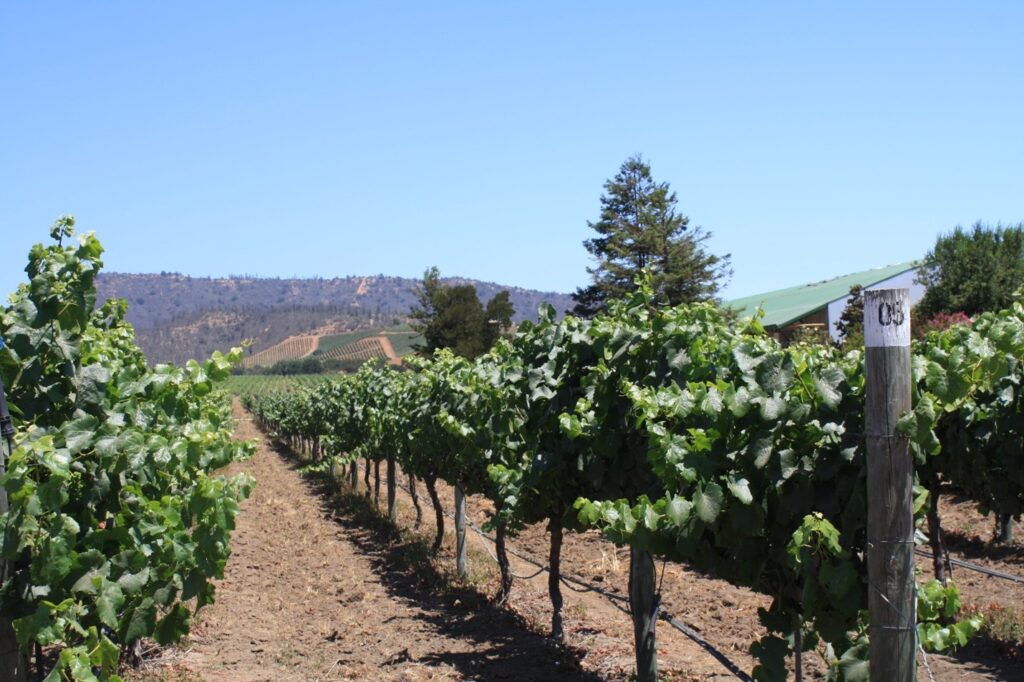
It is also polite to buy a bottle of wine if you like one you sampled, but not necessary, Usually you pay for the tasting, so if that’s all you want, no problem. If we are buying wine, we always try to find ones that you can only purchase outside of the US. We have looked at shipping some home, but the prices are way too high since COVID. We usually look for either Reserve wines or old vine vintages, which may be hard to find in the US. Also, ask for the best year…some years are definitely better than others. And mind your overall baggage weight and return alcohol limit.
The combination of excellent food, carefully selected wine and the view of the vineyards makes for a wonderful combination. The food at the winery restaurant was very filling, but hey, we could easily get a nap in as we continue being driven to Valparaiso!
Where we stayed: Casa Galos Hotel. Nice hotel, excellent roof top view. Breakfast included. Centrally located. Accessible entrance and rooms, but no accessible parking.
How we got there: One and a half-hour drive from Santiago to Valparaiso. This was part of a 12-day private tour through Chile.
General Accessibility Information: See notes above. Vina Casas del Bosque is wheelchair accessible. Most larger cities with major hotels, sights and some transportation accessible. The National Tourism Service (SERNATUR) and the National Disabilities Service (SENADIS) have a guide for traveling in Chile with a disability. National System of State Protected Wild Areas (SNASPE) has accessible services in national parks, reserves, and monuments. Call in advance to verify and make specialty arrangements. See our sections on specialty apps and accessible travel for more on accessibility assistance.

